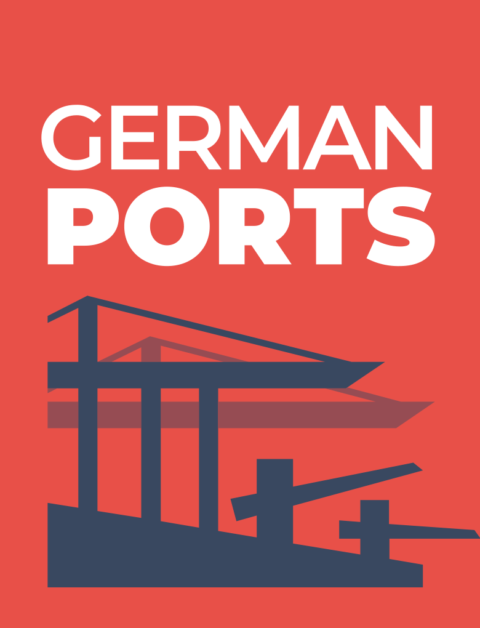The roadmap for the safe harbour - the exemption reference goes, the digital right comes
21 May 2025 | The German seaports of Hamburg, Bremerhaven and Wilhelmshaven are pulling together to put a stop to drug smuggling and better protect container imports in future. To this end, the entire authorisation chain, from the release of the shipping company to the delivery of the container at the terminal, will be mapped digitally in a closed system. The process is expected to become mandatory for shipowners, terminal operators, freight forwarders and transport companies on 1 October 2025. We have summarised the most important topics for you here.
Background to the exemption process to date
Previously, a pin-based release procedure was used, in which the shipping company authorised the forwarder with a reference to collect the container from the terminal. This pin was usually passed on by the freight forwarder to the subcontractor, who used another subcontractor if necessary, until the pin finally reached the lorry driver collecting the container. Each member of the respective transport chain knew the release reference for picking up a container. At the same time, the terminal was also informed of this exemption reference.
The new principle of the "digital right to collect"
The basis of the future exemption process is the "digital right to collect". This replaces the previous pin-based release reference. The new "digital right" ensures that it is possible to trace who is authorised to dispose of the container at any time - including in the history - from the time the container arrives at the port by sea until it is collected by the transport company. The container can only be released with the "digital right" by one authorised party to the next. During the collection itself, a digital comparison is always carried out to determine whether the respective transport company is authorised. On site, the "digital right to collect" can only be exercised by the drivers who are also assigned to the transport company.
All communication processes run via German Ports
The new digital, closed exemption procedure is mapped via the German Ports IT platform. German Ports itself is a joint project of the Port Community Systems (PCS) of DAKOSY from Hamburg and dbh Logistics IT from Bremen.
How freight forwarders and transport companies can participate
To be able to use the new digital exemption procedure, companies must first register on the https://www.germanports.com website. They then receive the contract documents. As soon as DAKOSY or dbh logistics IT receives these signed documents, the technical connection and activation on the web platforms (German Ports, IMP, BIP) can take place.
Optimally prepared for the go-live
The platform operators recommend that freight forwarders and transport companies allow sufficient time to set up the IT and try out the new processes during the test phase. The prerequisite for a successful implementation process is that the companies have first harmonised their internal processes with the new exemption process.
In addition, a central contact person must be appointed to coordinate the exchange of information with German Ports. Shipping companies with their own TMS can connect their interfaces (API / EDI) to German Ports. Here it is important to check in advance which adjustments are required in the TMS and to prepare these accordingly.
The technical connection options
Companies can connect their own IT systems via open interfaces, use their existing digital access via the PCS platforms from DAKOSY (IMP) or dbh (BIT) or process the exemptions via the German Ports web platform.
Source: DAKOSY Datenkommunikationssystem AG
